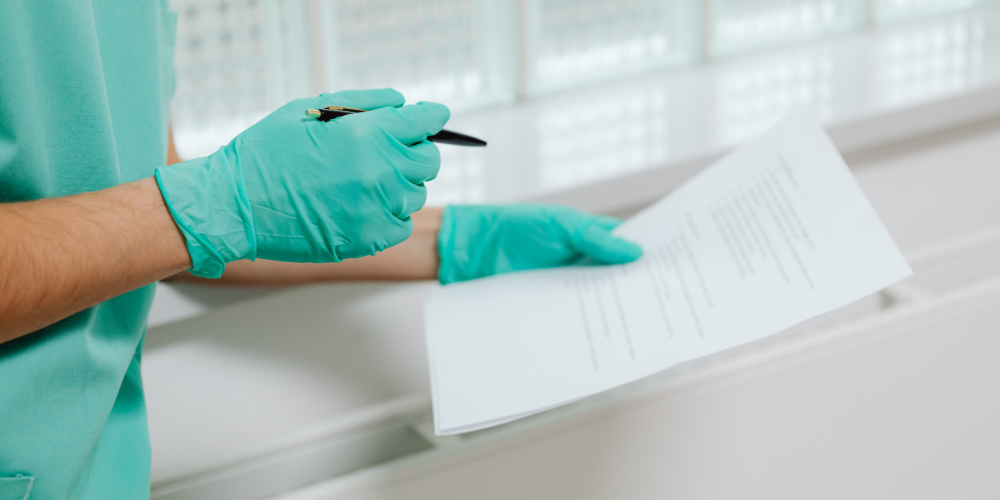The COVID-19 pandemic launched a healthcare innovation race without parallel in recent history. Recognizing the need for swift action, companies large and small across the healthcare industry jumped into action to do their part to develop diagnostics, therapeutics, and vaccines for COVID-19. Now that roughly two years have passed since the peak of the pandemic, we have a fuller body of COVID-19-related patenting data from the USPTO and patent offices around the world. While several studies have analyzed COVID-19-related patents — notably, the WIPO 2022 study of COVID-19 vaccines and therapeutics — none have focused specifically on COVID-19 diagnostics patents.
In October, the USPTO released Diagnosing COVID-19: A perspective from U.S. patenting activity, a first-of-its-kind study that examines innovation in COVID-19 diagnostics. Below are highlights from its findings.
Patenting activity peaked in April, May, and June 2020
As is to be expected, COVID-19 diagnostic patent filings surged in the months following the emergence of the virus. According to the data analyzed, filings peaked in the fourth quarter of 2021 — generally corresponding to application filing dates in April, May, and June of 2020, taking into account the USPTO’s 18-month publication delay. The share of COVID-19 diagnostic patents among all COVID-19-related patents was about 30%, but only about 2.6% of all patents at its peak.
Figure 1: Volume and Share of U.S. COVID-19 Diagnostic Patent Filings
Small companies and universities dominated
Private-sector companies accounted for about 58% of all COVID-19 diagnostic patents, while universities, nongovernment research institutes, and hospitals accounted for about 27%. Individuals with no observable affiliations made up about 13%. Interestingly, nearly 71% of COVID-19 diagnostic filings were associated with small entities — i.e., those that qualify for small and micro entity status for USPTO fee purposes. In contrast, only 24% of all patents issued by the USPTO in 2022 went to small and micro entities.
Figure 2: U.S. COVID-19 Diagnostic Patent Filings by Applicant Entity Type and Size
Filings were concentrated in a handful of technologies
COVID-19 diagnostic patents tended to cluster into a handful of CPC subclasses. The USPTO notes that this is surprising, given that diagnosing COVID-19 can involve a wide range of technologies and scientific methods, including laboratory tests, antigens, viral nucleic acids, immunological molecules, pathological changes in organs, and others. Nonetheless, nearly 80% of COVID-19 diagnostic patent applications had just two CPC subclasses listed.
Figure 3: Top 10 CPC Subclasses of U.S. Covid-19 Diagnostic Public Patent Filings
Globally, the most COVID-19 diagnostic patents were filed in China
At the global level, the Chinese National Intellectual Property Administration (CNIPA) led all IP offices in COVID-19 diagnostic patent applications based on counts of patent families. CNIPA had 2,643 COVID-19 diagnostic patent families, which is about 47% of all families. Next was WIPO, with 1,970 patent families, or about 35% of all families. In third place was the USPTO, with 784 patent families, or about 18% of all patent families.
Ready for more patent analytics insights, including how your organization stacks up against your competitors? Schedule a free demo of Juristat today.
(gradient).webp)

